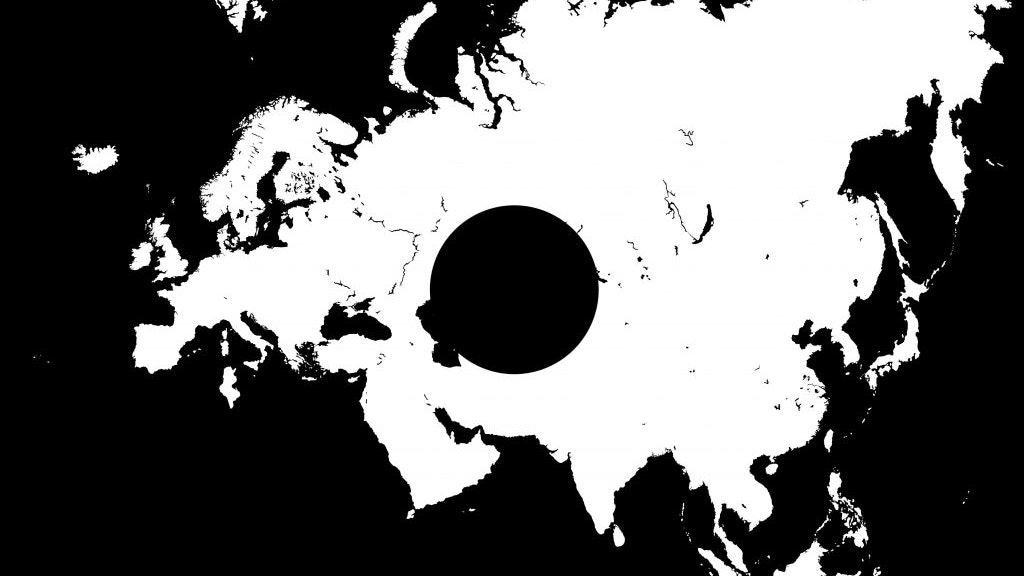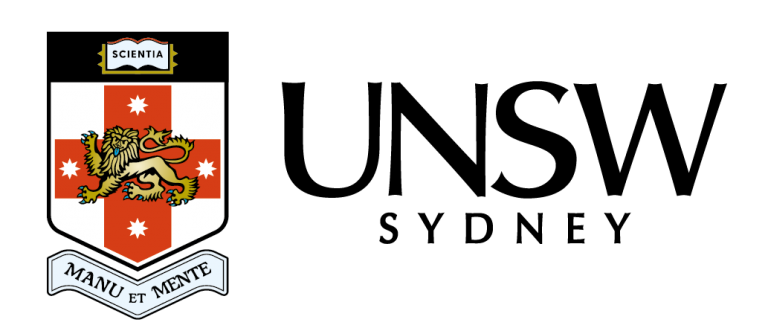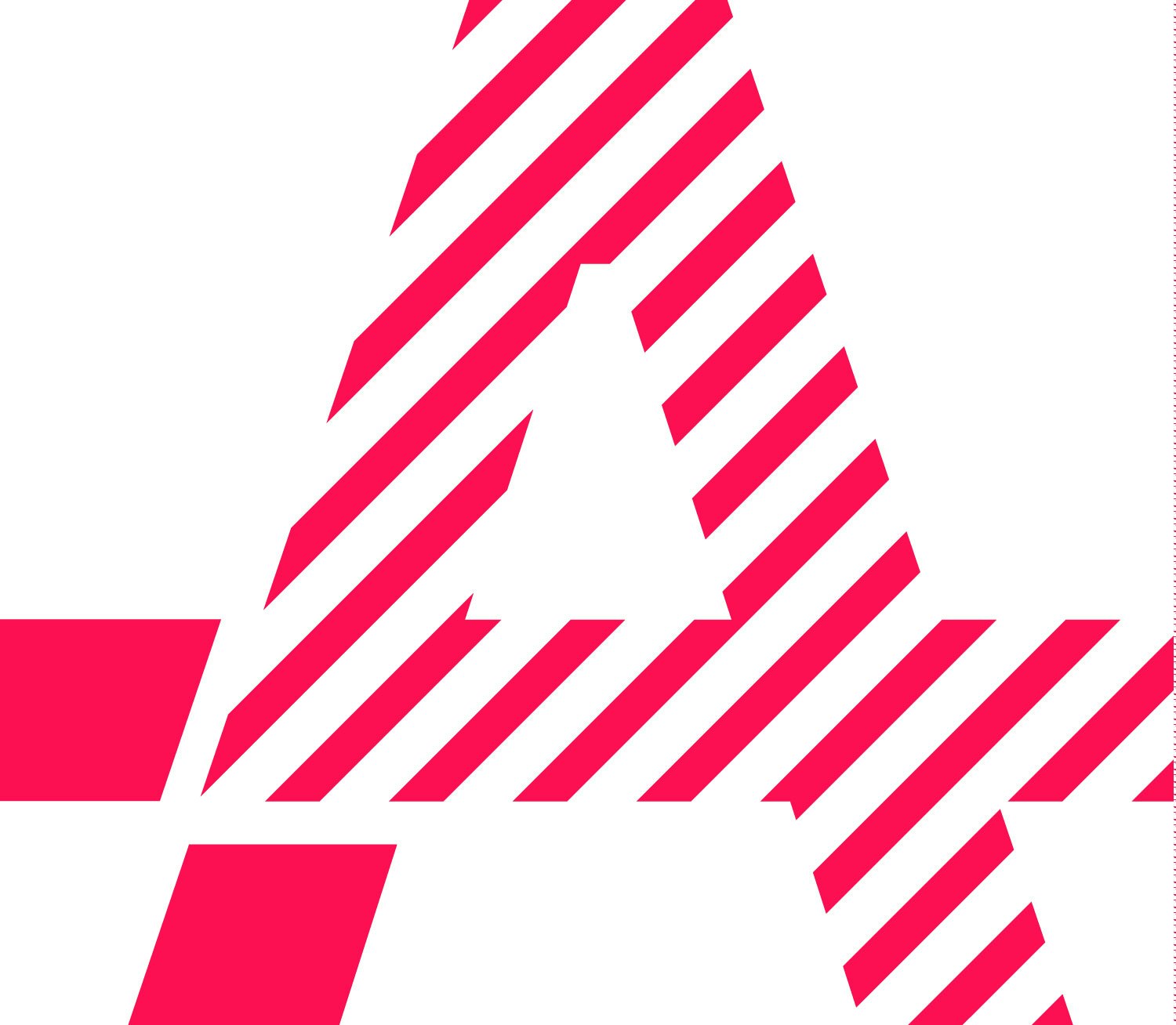UNSW Art & Design and 4A presents: The Complexity of Contemporary Art in Central Asia

When
Monday, 4 November 2019, 7:00am
Location
Online
ONLINE.
WEDS 4 NOV 6-8PM AEDT
via Zoom Webinar: register in advance for this webinar:
Join Thibaut de Ruyter, architect, curator and critic with moderator Paul Gladston for a discussion on the complexities of contemporary art in the ‘Central Asia’ region. Thibaut will also be joined by Viktoriya Erofeeva for an in-conversation as part of this event.
Asian studies in universities, museums dedicated to Asian artefacts and even tourism in Asia often start their geography somewhere in India or West China to end 4,000 kilometres further in Japan. Very few ethnological collections in Europe own pieces from Kazakhstan, Uzbekistan, Turkmenistan, Kyrgyzstan or Tajikistan, countries that are usually brought together under the terminology of Central Asia. (Interestingly, the existence of a “centre” means that all that surrounds it becomes a periphery.) Despite their position between Europe and Asia, they stay often unknown territories for the rest of the world. But those countries, located between the Caspian Sea, the Middle East, Russia, China and Mongolia, represent a surface almost as big as Europe and a population of 100 million inhabitants.
For sure, Central Asia has been colonised and dominated by Russia since the early 19th century and the existence of the Soviet Union during the 20th left deep traces in the actual society. The countries of Centra Asia only gained their independence 30 years ago. But starting with the ancient Silk Road, ending with its new inception and version (the so-called Silk Road 2.0) via the Great Game, their history, culture and identity are a complex question with different roots and paths. For many inhabitants of Central Asia, Russian is still the lingua franca, religion has been so oppressed that it has only become a topic recently, political situations can be far away from the expected democratic standards, and economic development is mostly there for some happy few with a good network. And, as pretty often in countries where the press or the media are not free, it is the artists who are taking the role of commentators, critics, activists.
The talk will, at first, introduce this badly known region (named here with a touch of provocation “The Black Hole”) in terms of history and geography. Then, through the works of several contemporary artists, discuss the actual situation in those countries and, finally, open perspectives about their development by commenting young art initiatives and institutions.
Thibaut de Ruyter is a French architect, curator and critic. He has been living and working in Berlin since 2001. His interests are based on new media and their archeology, the relationship between art and architecture, and the artistic scene in post-soviet countries and particularly in Central Asia.
His latest projects are a travelling exhibition for Goethe-Institut in Eastern Europe and Central Asia, Die Grenze (with Inke Arns) who was displayed in 11 cities between 2017 and 2019 while his exhibition A Song for Europe was presented at the V&A, London 2017 and Schauspielhaus, Stuttgart 2018. In 2019, on the occasion of the 100 birthday of the Bauhaus in Germany, he co-curated with Marjolaine Levy the exhibition 26 x Bauhaus that was to be seen in Berlin, Bremen and Munich. He edited or co-edited the books: Zeitgeist (Archive books, Berlin), Industrial on tour and Industrial Research (Revolver Verlag, Berlin) and Stadtbild (Verbrecher Verlag, Berlin). As an art and architecture critic, he writes or has been writing for the magazines Artpress, Il Giornale dell’Architettura, Fucking Good Art, Frieze d/e, L'Architecture d’Aujourd’hui and Architectuul. In 2015 he co-founded ALUAN, the first Kazakh art magazine, with Gaisha Madanova. He has been a member of the French section of AICA (International Association of Art Critics) since 2008. www.thibautderuyter.com
Viktoriya Erofeeva
Bachelor in Theory and History of Fine Arts, with a field of activities including: art-criticism, art-management, art-journalism. Main activities: writing articles about art and culture, giving lectures, assistant curator, organization of art events. Past roles include as (September 2016 to May 2020) manager and art critic at the private gallery ZERO LINE, Tashkent and (since June 2020) freelance correspondent for the independent media about today’s Uzbekistan – hook.report. Since September 2020, she works in the editorial office of ariadna.media, a new independent media platform about contemporary art in Central Asia.
Presented by UNSW | Art & Design in partnership with 4A Centre for Contemporary Asian Art.
Series organisers: Prof. Paul Gladston and Dr Yu-Chieh Li

